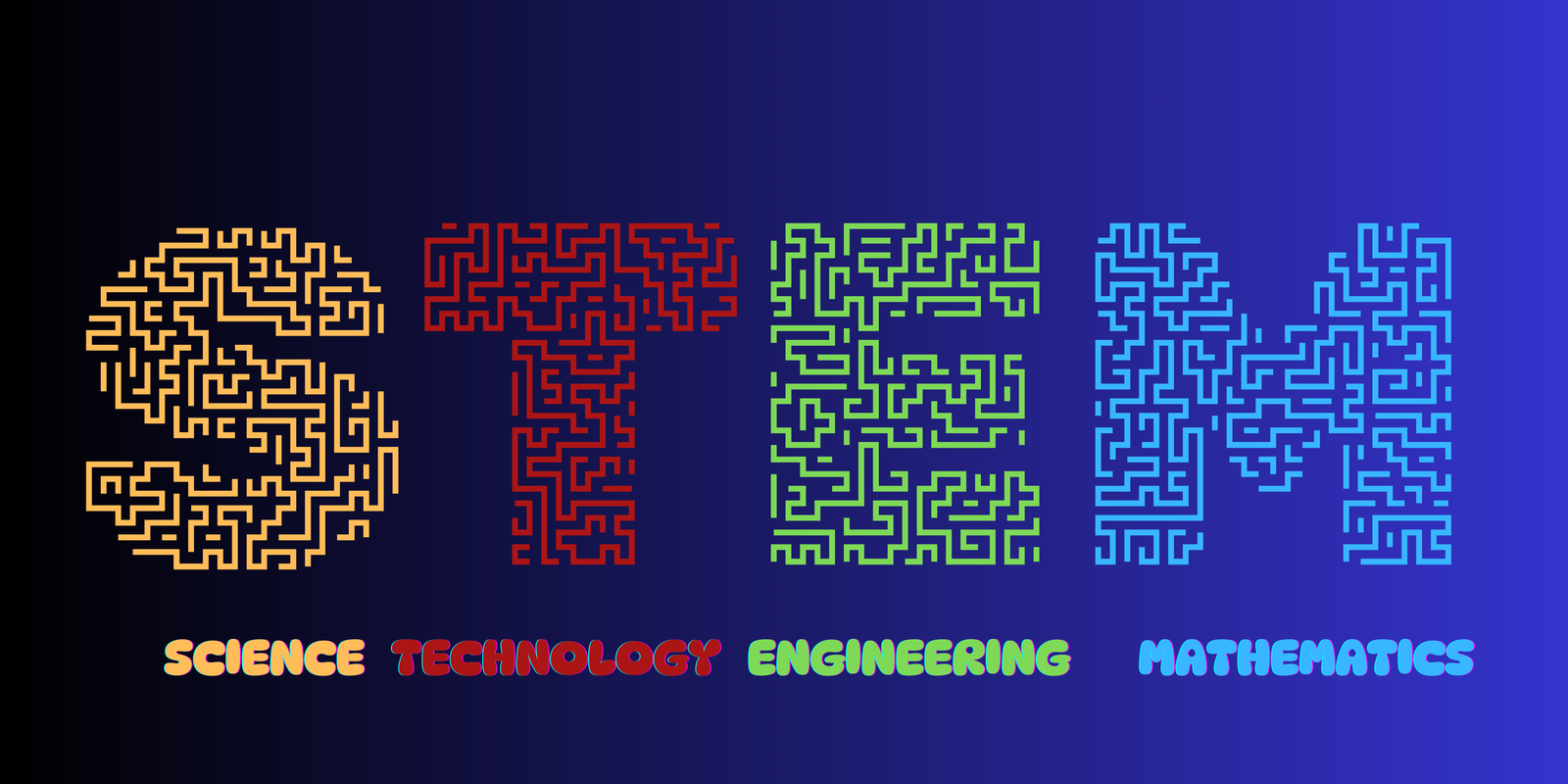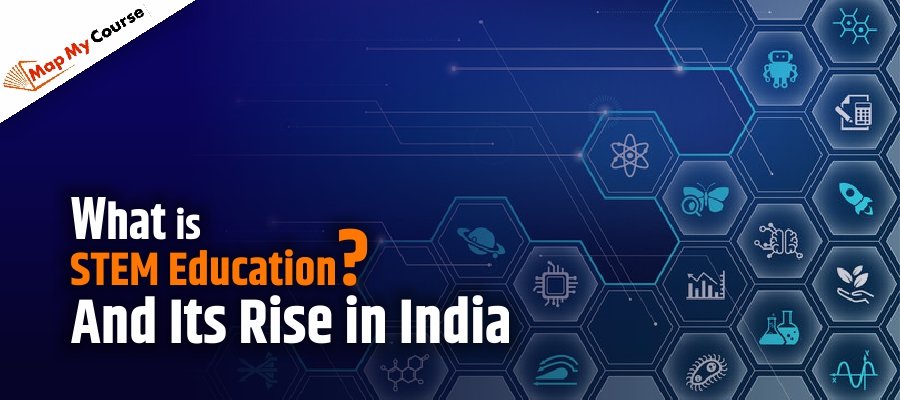
What Is The Full Form Of STEM?
Science | It focuses on understanding the natural world through observation and experimentation. It covers everything from biology and chemistry to physics and environmental science. |
Technology | It is all about using tools and machines to solve problems and improve lives. It includes everything from computer programming to information technology. |
Engineering | It applies scientific and mathematical principles to design, build, and maintain structures, machines, and systems. Engineers are the ones who make innovative ideas come to life. |
Mathematics | It is the foundation that underpins all of STEM. From basic arithmetic to advanced calculus, math is the language through which we understand patterns, solve problems, and make predictions. |
Evolution Of STEM To STEAM
The Rise Of STEM Education In India
How Can We Build STEM Readiness In Students?
Hands-On Learning: Encouraging students to engage in practical, real-world projects is essential. prototypes allow students to apply theoretical knowledge to solve real problems.
Encouraging Curiosity: STEM thrives on curiosity. Creating an open environment where students feel comfortable asking questions, exploring new ideas, and experimenting without fear of failure. Encouraging students to think critically and ask “why” and “how” helps them develop a deeper understanding of the subjects.
Collaboration: Many STEM fields require teamwork. By promoting group activities, group problem-solving, and collaborative projects, students can develop communication, leadership, and teamwork skills that are necessary in the real world.
Exposure to STEM Role Models: Introducing students to successful professionals in STEM fields—whether through guest lectures, career days, or mentorship programs can inspire them and show them the variety of career paths available in these fields.
Technology Integration: Since technology is a key part of STEM, using it in the classroom enhances learning. From educational apps to interactive simulations, integrating technology into lessons can make STEM subjects more engaging and accessible.
Government Initiatives And Private Sector Involvement
Government Initiatives:
National Skills Development Corporation (NSDC): Offers programs to enhance skills in STEM fields and ensure students are job-ready.
Digital India: Aim to improve access to technology, making STEM education more accessible to students, especially in rural and underserved areas.
Partnerships with IITs: The government has collaborated with top institutions like IITs to organize tech festivals, workshops, and innovation challenges to engage students with professionals.
Private Sector Involvement:
Edtech Startups: Platforms like BYJU’s and Vedantu provide interactive online STEM courses, personalized learning experiences, and resources that help students across India.
Corporate Sponsorships and Mentorship: Several companies sponsor STEM initiatives and mentor students, fostering real-world connections and career opportunities.
The Future Of STEM Education
The future of STEM education is exciting, shaped by technological advancements and evolving trends:
Importance Of STEM Education Training
Encourages Lifelong Learning: By exposing students to cutting-edge technologies and ideas, STEM education nurtures a mindset of continuous learning and adaptability.
Boosts Economic Growth: A well-trained STEM workforce drives innovation and strengthens economies, making it essential for countries aiming to stay competitive globally.
Challenges In Implementing STEM Education
Not Enough Good Teachers: We don’t have enough teachers who are well-trained and passionate about teaching STEM subjects. This affects the quality of education. Good teachers can make learning fun and engaging, but without them, students may find STEM boring or difficult.
Lack of Resources: Many schools, especially in poor areas, don’t have enough money to buy things like lab equipment, computers, and learning materials. Without these resources, students can’t do hands-on experiments or projects, which are crucial for understanding STEM concepts.
Old-Fashioned Teaching: Traditional teaching methods, like lectures and textbooks, are not always the best way to teach STEM. We need more hands-on and project-based learning. These methods make learning more fun and help students apply what they learn to real-world problems.
Gender Gap: Fewer girls choose STEM subjects compared to boys. This is often due to societal stereotypes and biases. We need to encourage more girls to study STEM and break these stereotypes. We can do this by organizing STEM camps, workshops, and competitions for girls, and by providing role models who are successful women in STEM fields.
STEM Education Opportunities In India
Opportunities in Space and Research: Organizations like ISRO and DRDO offer career opportunities in space exploration, defence technology, and advanced research. STEM graduates can contribute to innovative projects, positioning India as a global leader in innovation.
Sustainability and Renewable Energy Careers: With the focus on sustainable development, careers in renewable energy, environmental engineering, and climate science are on the rise. STEM education trains students to tackle these global challenges.
Entrepreneurship in Tech Startups: India’s startup ecosystem, particularly in fields like ed-tech, agri-tech, and fin-tech, is booming. STEM-trained students have the knowledge and skills to innovate and lead entrepreneurial ventures.
Healthcare and Biotechnology: Careers in biotechnology, biomedical engineering, and healthcare technology are expanding, driven by advancements in genetic research, telemedicine, and medical devices.
Global Employability: STEM skills are in demand worldwide. Indian STEM graduates are finding opportunities in multinational corporations and global research institutions, often getting competitive salaries and leadership roles.
Government Initiatives for Career Development: Programs like INSPIRE and partnerships with international universities provide scholarships, internships, and research opportunities, preparing students for global careers in STEM.
Conclusion
FAQ
STEM Education is an interdisciplinary approach to learning that integrates Science, Technology, Engineering, and Mathematics.
Q.2 What is the difference between STEM and STEAM?
STEAM is an expanded version of STEM, which includes Art in addition to Science, Technology, Engineering, and Mathematics.
Q.3 Why is STEM Education important?
STEM education is crucial because it nurtures problem-solving, critical thinking, and creativity skills that are essential for success in many modern industries.
Q4. Which cities in India have the most STEM Education opportunities?
Bengaluru, Delhi-NCR, Hyderabad, Mumbai, and Pune.






















